Imagine stepping into your garden and harvesting flowers that not only add a magical touch to your meals but also support your wellness journey. If you’ve been drawn to the enchanting world of edible medicinal flowers, you’re about to discover how these beautiful blooms can transform both your garden and your daily life.
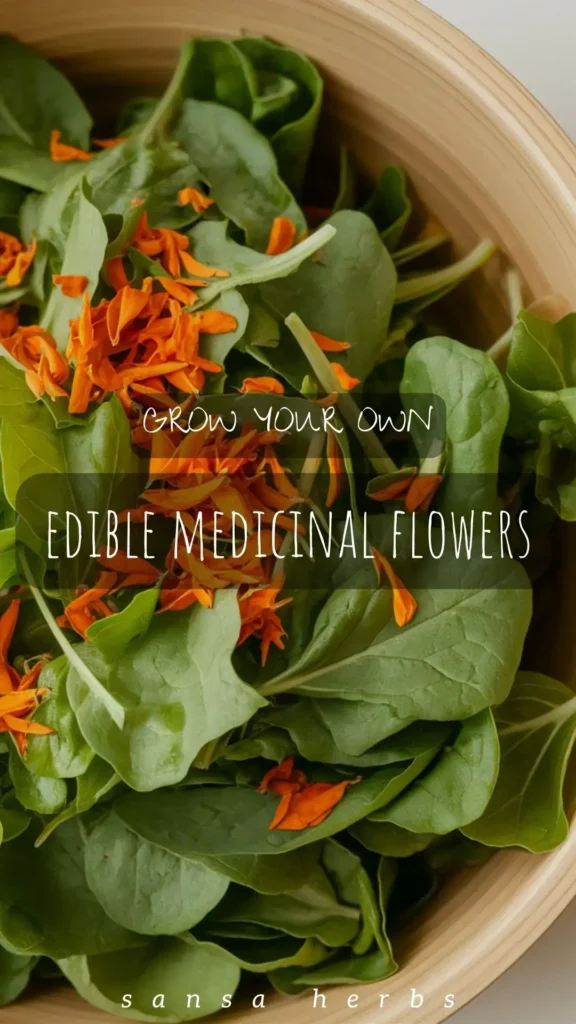
Why Grow Your Own Edible Medicinal Flowers?
Growing edible medicinal flowers is more than just a Pinterest-worthy Garden project – it’s a gateway to sustainable wellness and culinary creativity. Whether you have a sprawling garden or just a sunny windowsill, you can create your own supply of fresh, chemical-free blooms that serve both your kitchen and your natural medicine cabinet.
You may enjoy reading: Brew Your Own Bliss: Creating a Magical Herbal Tea Garden at Home
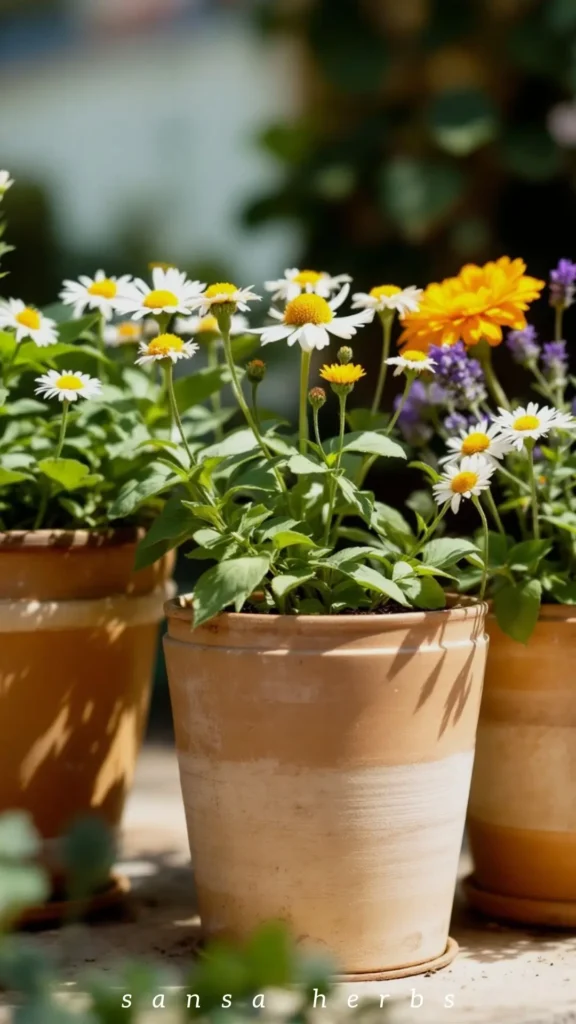
The Top 4 Beginner-Friendly Edible Medicinal Flowers
1. Calendula (Pot Marigold): The Kitchen’s Golden Star
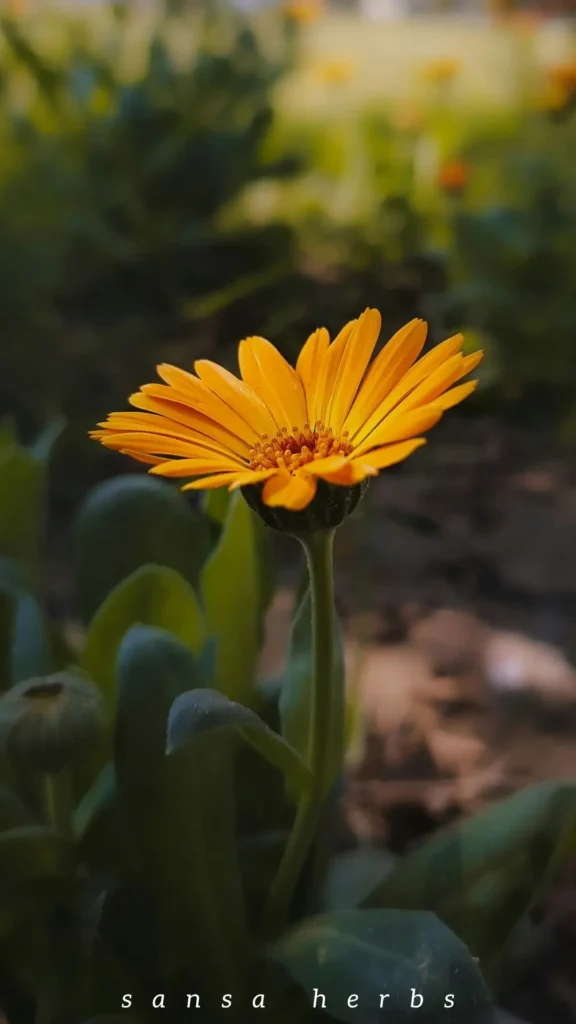
These vibrant orange blooms are a powerhouse of benefits. Calendula flowers add a natural pop of color to salads and can even substitute for expensive saffron. Their gentle properties make them perfect for both culinary use and wellness applications.
Growing Tips:
- Thrives in full sun
- Tolerates most soil types
- Blooms continuously with regular harvesting
- Perfect for container gardens
Related: How to Grow Calendula from Seed: A Complete Growing Guide
2. Lavender: The Versatile Beauty
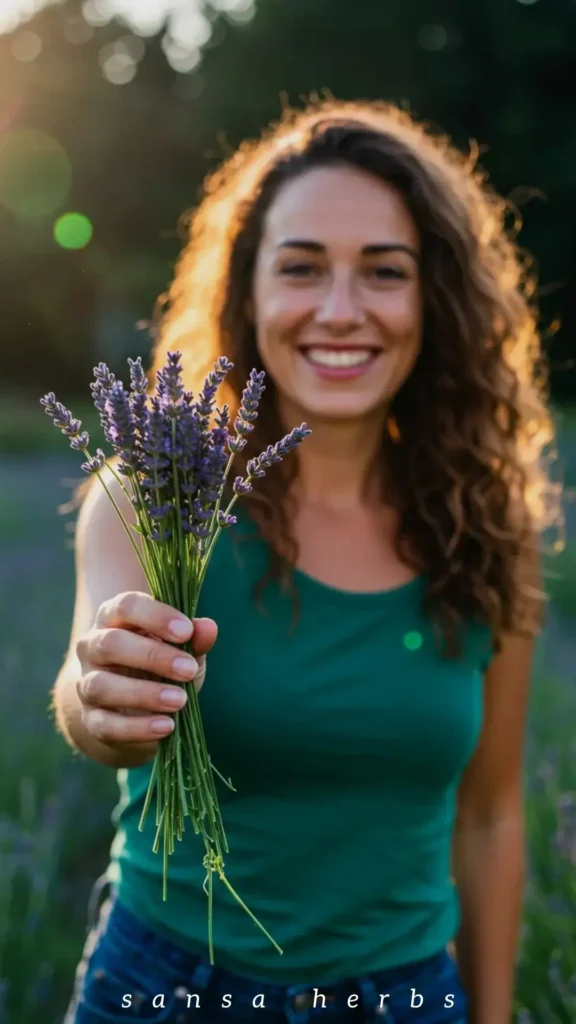
This aromatic herb isn’t just Instagram-worthy – its edible flowers bring a sophisticated touch to:
- Herbal teas
- Baked goods
- Natural remedies
- Homemade beauty products
Related: Unlock the Secrets of Growing Lavender from Seed: A Comprehensive Guide
3. Chamomile: The Gentle Healer
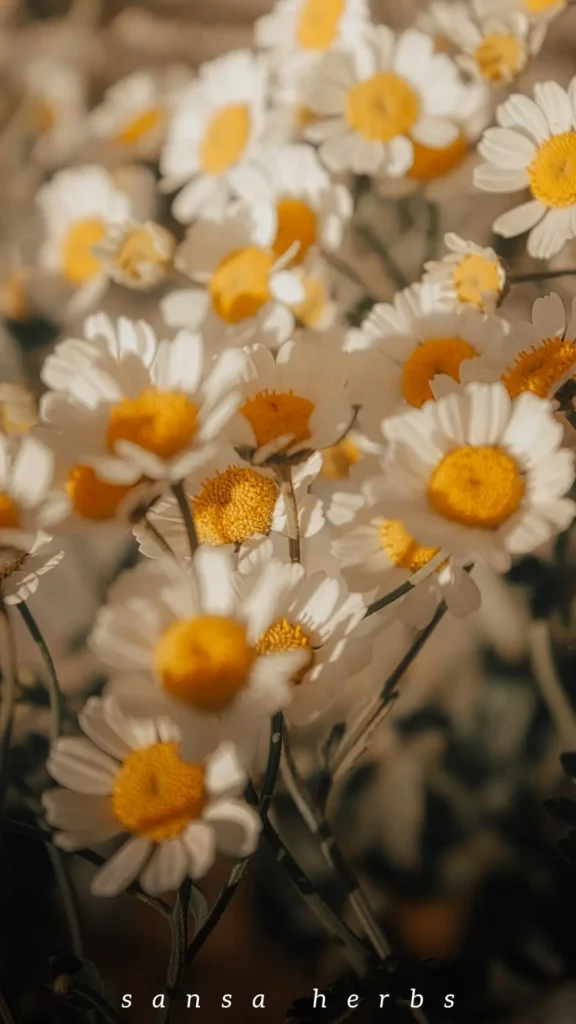
With its apple-like scent and delicate white flowers, chamomile is perfect for both indoor and outdoor growing. These sweet blooms are famous for their calming properties and make an incredibly soothing tea.
Related: Growing Chamomile from Seed: A Calming Herb for your Garden
4. Chicory: The Unexpected Treasure
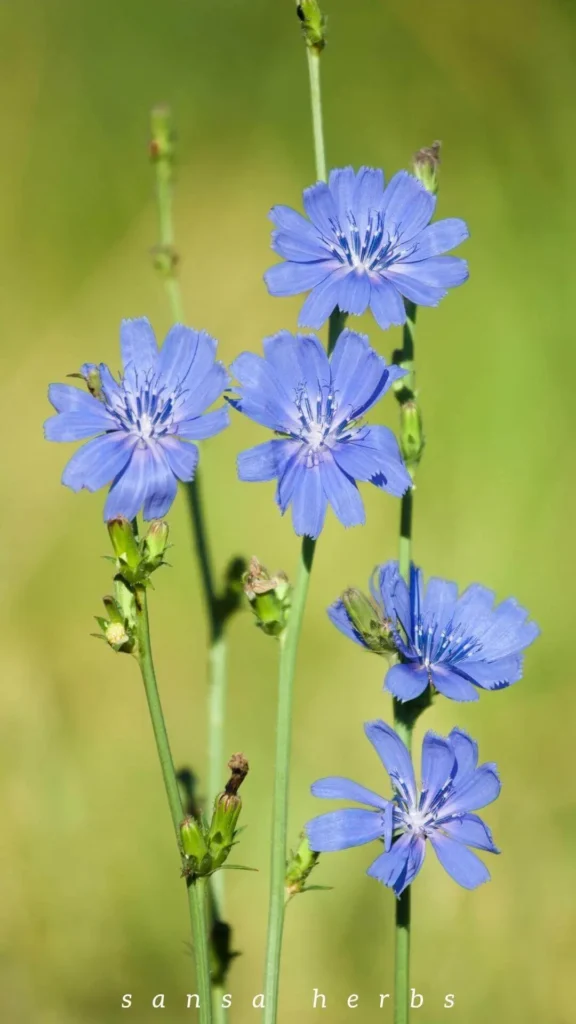
Those striking blue flowers aren’t just for show. Chicory adds visual interest to your garden while offering:
- Edible flowers for salads
- Roots that make a delicious coffee alternative
- Easy maintenance in most climates
Related: Growing Chicory from Seed: A Complete Guide to Cultivation and Uses
Creating Your Wellness Garden
The magic of growing edible medicinal flowers lies in their dual purpose. Each plant in your garden can serve multiple roles:
- Natural medicine cabinet
- Culinary ingredient
- Beautiful garden display
- Pollinator attraction
Start your own healing journey with Nicole Apelian’s Medicinal Garden Kit
Advanced Varieties for Your Garden
Once you’ve mastered the basics, consider adding these powerful medicinal flowers:
5. Echinacea (Purple Coneflower)
Not just a stunning garden centerpiece, but a traditional immune-supporting powerhouse.
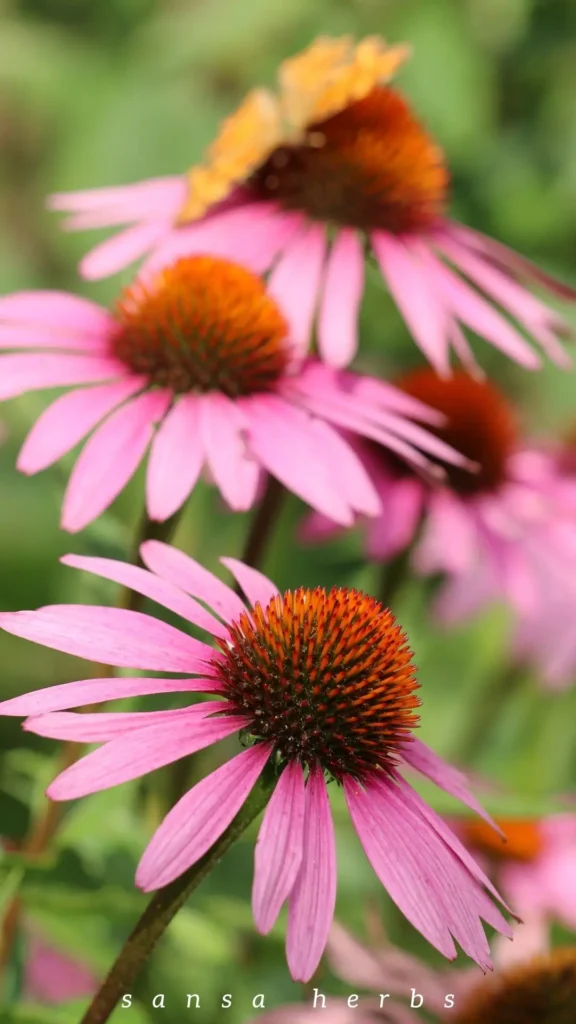
Related: Growing Echinacea from Seed: A Simple Guide
6. Yarrow
These delicate white clusters offer both subtle garnishes and wellness benefits.
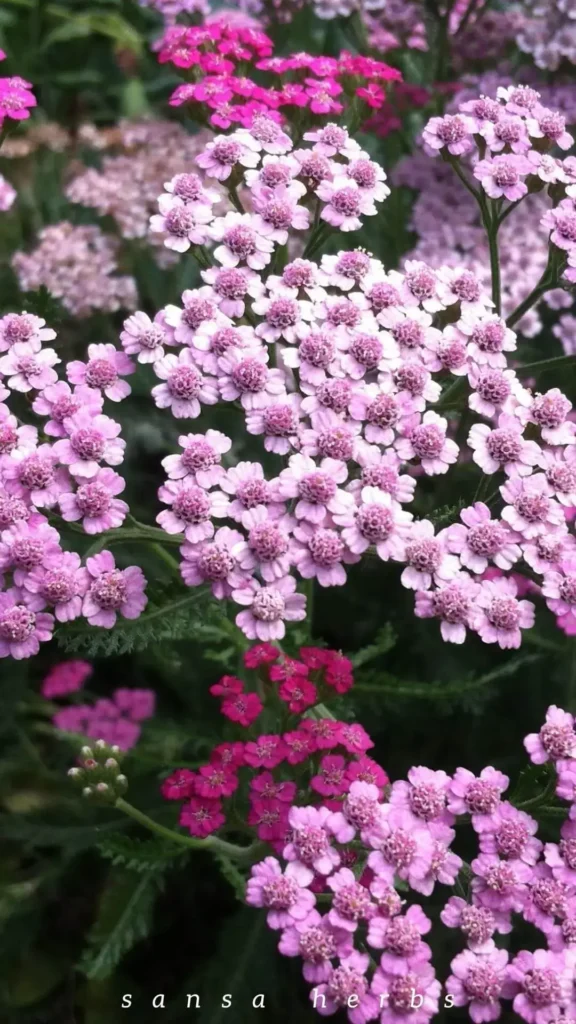
Related: Growing Yarrow from Seed: A Complete Growing Guide
7. Evening Primrose
A night-blooming beauty that doubles as a wellness supporter.
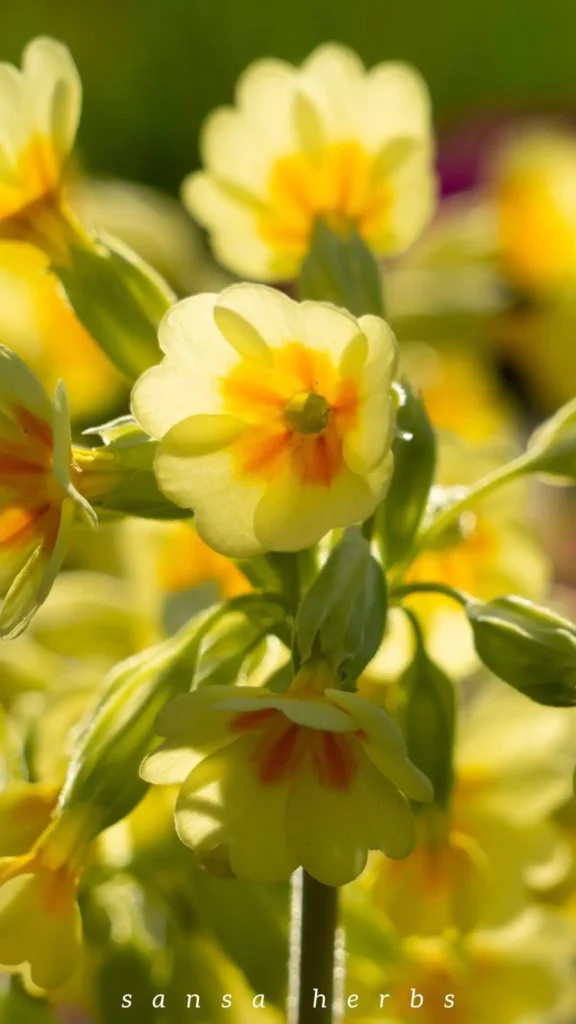
Related: Growing Evening Primrose from Seed: A Complete Guide to Cultivation and Uses
Ready to Start Your Edible Flower Journey?
Transform your garden into a living pharmacy with our carefully curated Medicinal Garden Starter Kit. This complete package includes:
- 10 premium medicinal flower seed varieties
- Detailed growing guides
- Comprehensive wellness handbook
- Season-specific planting calendar
Click here to get your Medicinal Garden Starter Kit →
Safety Note
While these flowers are safe for most people, always research proper usage and consult with a healthcare provider before using any medicinal plants, especially if you have underlying health conditions or are taking medications.
Happy Growing!
Looking for more gardening inspiration? Follow us on Pinterest for daily tips and beautiful garden ideas.